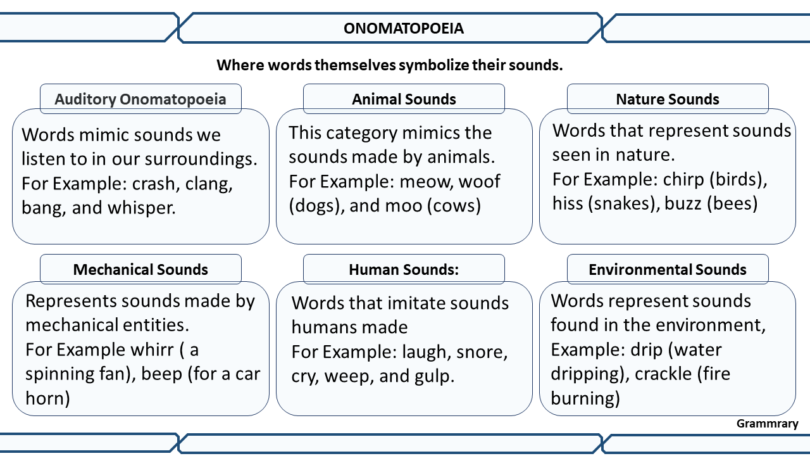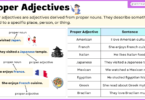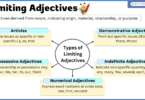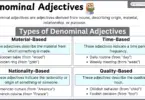Introduction:
Have you ever realized the value of the relationship between a word and its concept? That’s Onomatopoeia. We will explore What is Onomatopoeia, Onomatopoeia Definition, and Onomatopoeia Examples.
Splash! You just read the word “Splash” and imagined the water colliding with something or any liquid hitting the surface. It’s Onomatopoeia, where words represent their sounds. It shows how words produce sensory experience.
Ferdinand de Saussure, a linguist observed that words don’t have the same natural relationship with their concept. Words don’t behave like the real world. They bring a variety of sounds and symbols, modifying the natural world. Wait a moment! What about words that represent their sound in the real world? For instance, boom represents explosions; chuckle represents laughter; and cock-a-doodle-do shows roosters. But instead of arbitrary words to denote unrelated things, we use words that sound similar to the things they represent. For example: “Boom”.
Onomatopoeia Definition and Meaning:
Definition: The word “onomatopoeia,” comes from two Greek words “onoma,” means “name”, and “poiein” which means “to make”. It is a figure of speech in which words represent their sounds, of living things or non-living objects. The words mimic the sounds of the of the living things or inanimate objects they direct to. Words express what they symbolize, bringing clarity and sensory touch to content. It makes content more provocative and interesting.
- According to Oxford Dictionary, it is the word formed from a sound it represents
- Oxford Learner’s Dictionary says, words contain sounds identical to sounds they represent.
- According to Merriam-Webster Dictionary, it is process of giving name according to the vocal representation of the sound it is associated with.
- Cambridge Dictionary says, it is the creation or usage of words which contain sounds alike to what word refers to.
Bang! Crash! Whiz! not only represent sounds, it itself imitates the sound. With this literary device, you can hear the meow of a cat, the whoosh of a bicycle, the whir of the laundry machine, and the murmur of a stream. Correct use is important as some may seem juvenile. There is a wide range of words to choose from. The correct use of this figure of Speech creates a touch of style and flare, while takes your audience to your imagery world of writing.
Onomatopoeia Examples:
Here are a few Onomatopoeia examples:
- The rain pitter-pattered against the roof.
- The cat meowed because it was hungry.”
List of some Onomatopoeic Words:
Here is a table of words you can add to your vocabulary.
- Chirp
- Bow
- Rattle
- Meow
- Cling
- Clap
- Ting
- Croak
- Mumble
- Neigh
- Clang
- Burp
- Buzz
- Boo
- Giggle
- Boom
- Clatter
- Whisper
- Murmur
- Snort
- Crinkle
- Knock
- Crack
- Drip
- Fizz
- Ding a ling
- Hiccup
- Whiff
- Thud
- Belch
- Flick
- Whimper
- Tweet
- Tick tock
- Screech
- Pop
- Squeal
- Oink
- Hiss
- Bleat
- Grunt
- Crunch
- Sniff
- Slam
- Swish
- Quack
- Bash
- Bark
- Howl
- Toot
- Purr
- Whine
- Yelp
- Yell
- Whack
- Pitter patter
- Zing
- Groan
- Sigh
- Growl
- Cuckoo
- Moan
- Bang
- Cackle
- Gurgle
- Chomp
- Tap
- Ding dong
- Vroom
- Trickle
- Caw
- Buzz
- Gibber
- Trumpet
- Hoot

Onomatopoeia, A Figure of Speech, Definition, Types and Examples
Identification andUsage:
The use of words to describe sounds created by a living being or an inanimate entity. Sometimes, sound may itself used as word. For example: “meow” the sound cat makes is an onomatopoeic word, it also describe the sound of cats. Its identification is easy. Look for the word that represents a sound.
Categorization, based on sounds it represents:
There are various categories based on types of sounds. Some common are as follows.
Auditory Onomatopoeia:
Definition: Words that mimic sounds we listen to in our surroundings.
For Example: crash, clang, bang, and whisper.
Animal Sounds :
Definition: This category mimics the sounds made by animals.
For Example: meow, woof (dogs), and moo (cows)
Nature Sounds:
Definition: Words that represent sounds seen in nature.
For Example: chirp (birds), hiss (snakes), buzz (bees), and rustle(leaves)
Mechanical Sounds:
Definition: These are categorized on the basis of sounds made by machines or mechanical entities.
For Example whirr ( a spinning fan), beep (for a car horn), or click (for a camera shutter)
Human Sounds:
Definition: Words that imitate sounds humans made.
For Example: laugh, snore, cry, weep, and gulp.
Environmental Sounds:
Definition: Words that represent sounds found in the environment.
Example: drip (water dripping), crackle (fire burning), or thunder (sound of a thunderstorm)
| Types | Description | Examples |
| Auditory Onomatopoeia: | Words that mimic sounds we listen to in our surroundings. | crash, clang, bang, and whisper. |
| Animal Sounds : | This category mimics the sounds made by animals. | Meow(cat) , woof (dogs), and moo (cows) |
| Nature Sounds: | Words that represent sounds seen in nature. | Chirp (birds), hiss (snakes), buzz (bees), and rustle(leaves) |
| Mechanical Sounds | These are categorized on the basis of sounds made by machines or mechanical entities. | Whirr ( a spinning fan), beep (for a car horn), or click (for a camera shutter), |
| Human Sounds | Words that imitate sounds humans made. | Laugh, snore, cry, weep, and gulp. |
| Environmental Sounds | Words that represent sounds found in the environment. | Drip (water dripping), crackle (fire burning), or thunder (sound of a thunderstorm) |
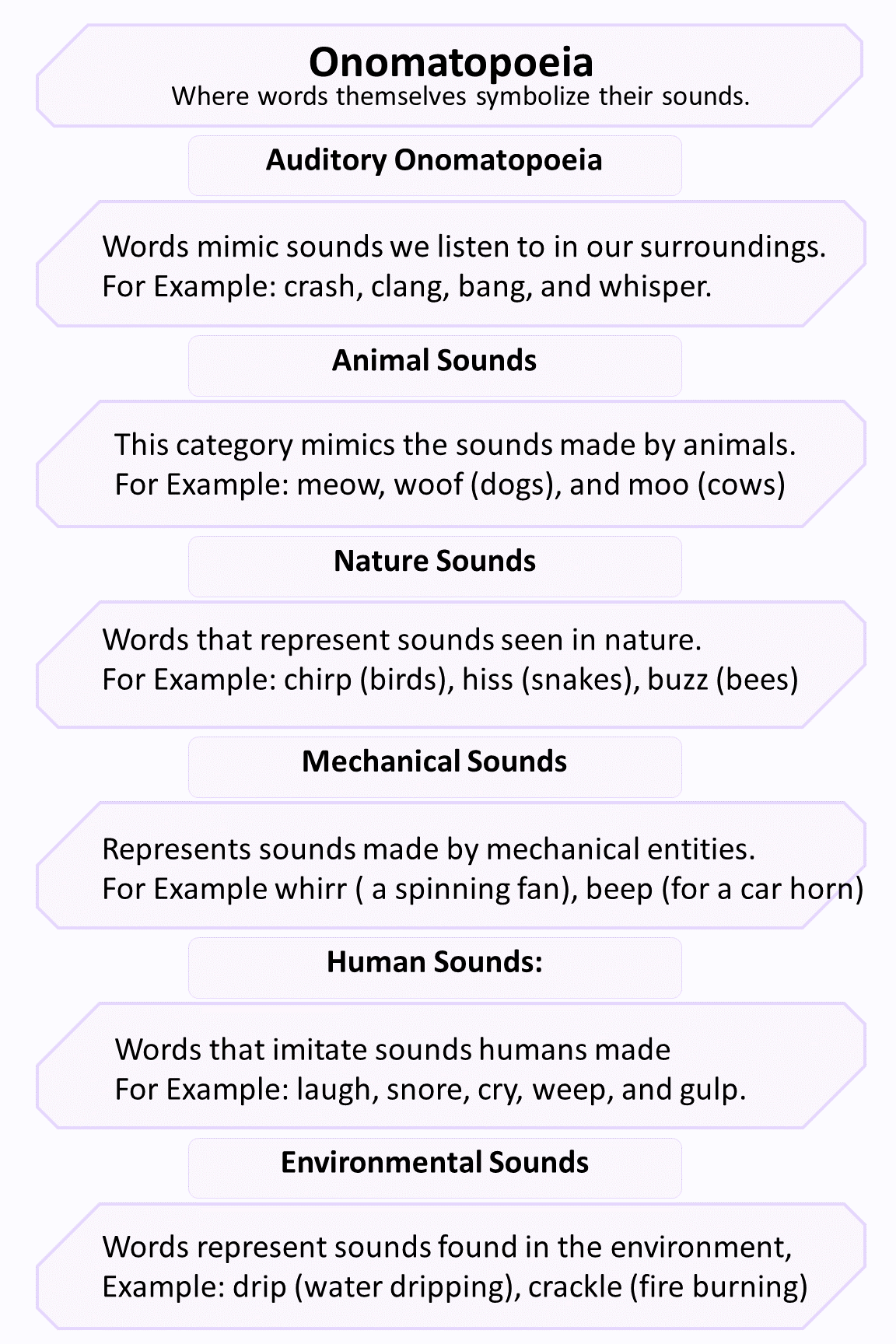
Onomatopoeia, Definition And Examples

